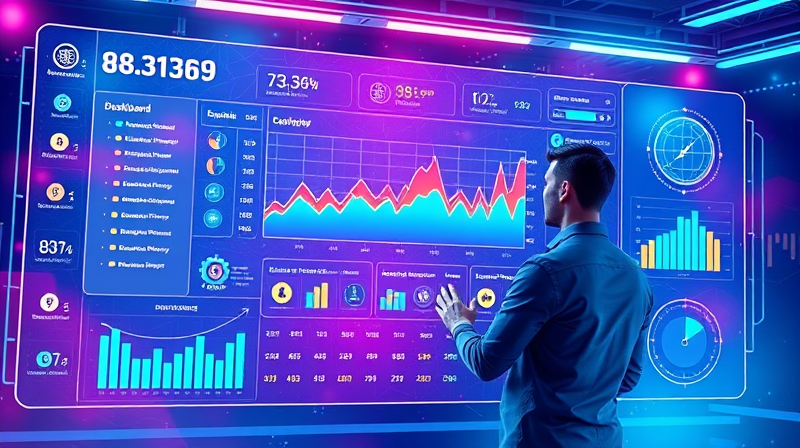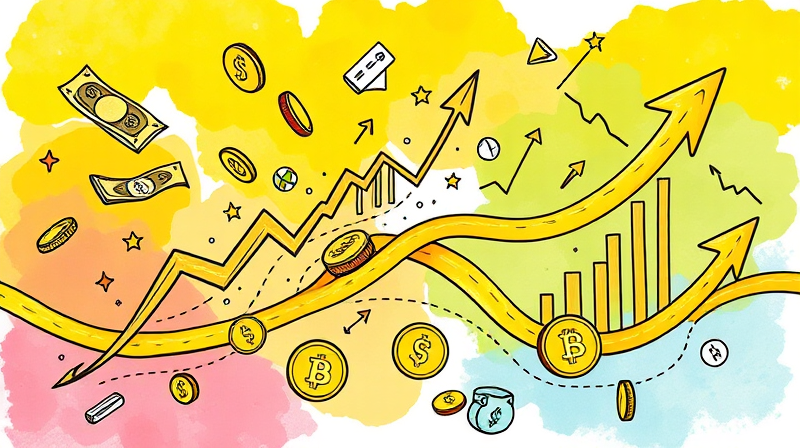
In today’s fast-paced markets, mastering the art of rigorous testing can mean the difference between costly mistakes and well-earned profits. Backtesting offers a window into past performance, empowering traders with foresight and discipline.
At its essence, backtesting is evaluating a strategy’s effectiveness by applying its rules to historical price data. It is founded on the principle that market behaviors often repeat under similar conditions, allowing you to gauge a system’s potential before risking real capital.
This process is critical for both discretionary and algorithmic trading, offering a structured way to quantify ideas, validate hypotheses, and refine tactics in a risk-free environment.
Before deploying any strategy with live funds, backtesting helps you:
A systematic approach ensures reliable insights. Follow these stages to execute backtests with precision:
1. Define the Strategy: Clearly articulate entry and exit rules, position sizing, stop-loss levels, and profit targets. Specific parameters remove ambiguity when simulating trade execution.
2. Acquire High-Quality Data: Source granular historical datasets—tick, minute, or daily frequencies—that cover multiple market cycles. Include delisted stocks and corporate actions to avoid biases.
3. Clean and Prepare Data: Adjust for missing values, outliers, dividends, stock splits, and other anomalies. Establish a testing period long enough to capture bull runs, bear markets, and volatility spikes.
4. Simulate Trades: Code your rules in Python libraries like Backtrader or Zipline, or platforms such as TradingView. Execute each signal as if trading live, accounting for entry/exit timestamps, commissions, and slippage.
5. Record Detailed Results: Log every trade’s entry and exit points, duration, net profit or loss, and associated costs. This granular record-keeping is the foundation for robust analysis.
6. Analyze Performance Metrics: Evaluate key indicators to understand risk-adjusted returns and drawdown characteristics.
7. Optimize and Refine: Tweak parameters based on insights, but guard against overfitting. Focus on broad applicability rather than perfect past performance.
8. Validate Out-of-Sample: Reserve unseen data or employ walk-forward analysis to confirm robustness and avoid curve-fitting traps.
9. Iterate Continuously: Markets evolve, and so should your strategy. Revisit and adjust as conditions shift.
Reliable backtesting hinges on comprehensive, clean historical datasets that accurately reflect past market events. Include data on bankruptcies, mergers, and extreme events to ensure realistic simulations. Choose the appropriate frequency—tick for scalping, daily or weekly for swing trading—to align with your strategy’s time frame.
Selecting the right environment depends on your technical skills and automation goals. Popular options include:
Each platform offers unique advantages in flexibility, ease of use, and integration with live markets.
Backtesting is a powerful tool, but it carries inherent pitfalls. Common risks include:
Awareness of these limitations is the first step toward mitigating them and achieving realistic outcomes.
Consider a mean reversion system that buys when a stock dips below its 30-day moving average and sells when it rises above. Implementing this in Python with Backtrader might involve:
- Defining indicators and thresholds
- Simulating entry and exit signals
- Tracking performance metrics such as drawdown and Sharpe ratio
By comparing results across different time frames and asset classes, you can determine if this approach delivers consistent edge or needs refinement.
Building a robust backtesting framework means embracing discipline and realism.
Backtesting is a crucial milestone, not the finish line. To bridge the gap to live trading:
By adhering to these steps, you can transform historical insights into actionable strategies, building confidence and resilience in your trading journey.
References













